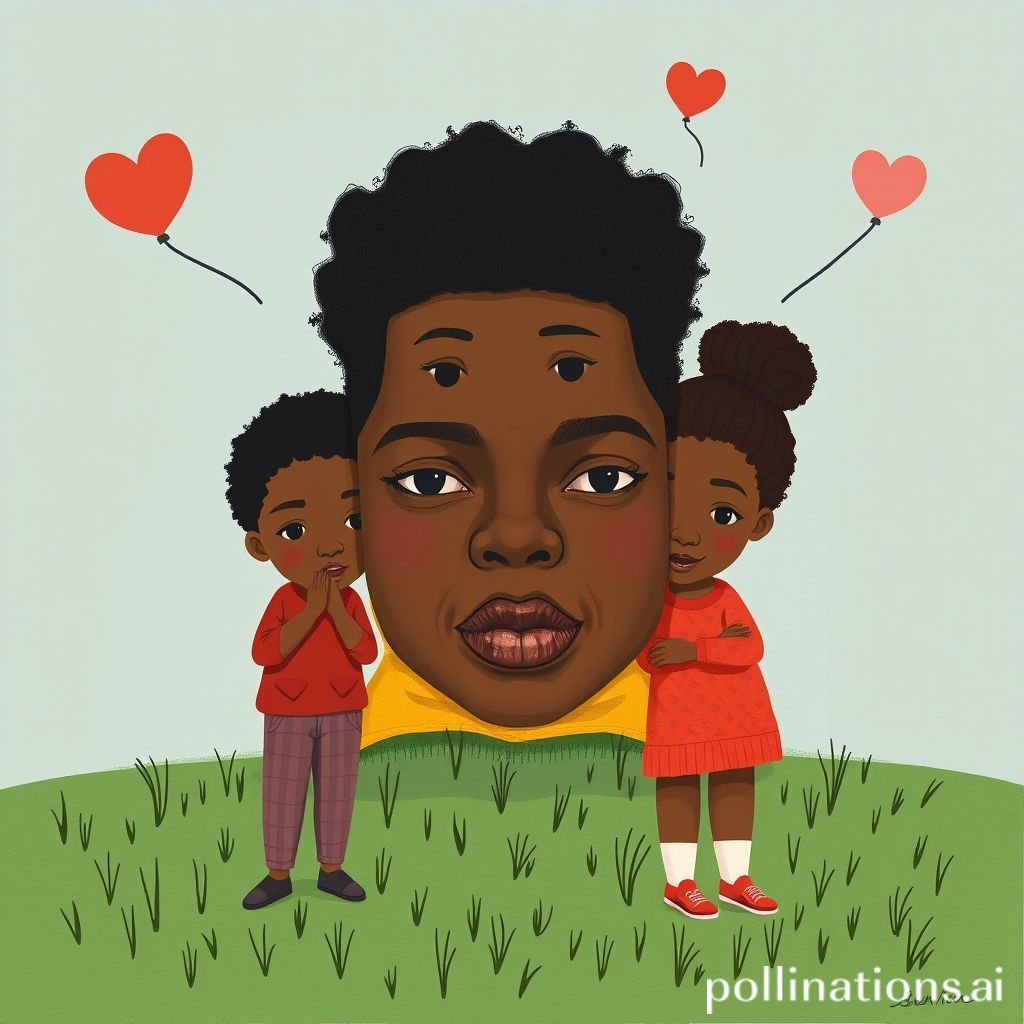
Former Minnesota foster youth offer first-of-a-kind plan to overhaul ‘dehumanizing’ system
Reimagining Foster Care: A Plan by Those Who Know It Best
Hey everyone, it's tough to talk about broken systems, especially when those systems are supposed to protect our most vulnerable kids. But today, we're diving into a story of hope and change coming directly from the hearts and minds of those who've lived it. We're talking about a group of former foster youth in Minnesota who are pushing for a radical overhaul of a system they describe as "dehumanizing." This isn't just another reform proposal; it's a blueprint for change crafted by the experts themselves: people who understand the foster care system's flaws because they've navigated them firsthand.
The Problem: A System That Often Fails
The foster care system is designed to provide temporary care for children who cannot safely remain in their homes. Ideally, it's a bridge to reunification with family or, when that's not possible, a path to a stable, loving permanent home. Unfortunately, the reality is often far from this ideal. Many young people experience multiple placements, lack of consistent support, and a general sense of being lost within a bureaucratic maze. The consequences can be devastating, leading to higher rates of homelessness, unemployment, and involvement in the criminal justice system. It's a cycle that needs to be broken.
A Plan Born from Lived Experience
This group of former foster youth, working with advocacy organizations, have developed a comprehensive plan to address these systemic issues. Their proposal, a first of its kind, focuses on several key areas:
Empowering Youth Voice: At the heart of their plan is the insistence that young people in foster care must be actively involved in decisions that affect their lives. This means having a real say in placement decisions, treatment plans, and permanency goals. It also means creating platforms for young people to share their experiences and inform policy changes.
Investing in Prevention: A significant portion of the plan focuses on preventing children from entering foster care in the first place. This includes providing robust support services to families struggling with poverty, mental health issues, or substance abuse. The goal is to strengthen families and keep children safely at home whenever possible.
Improving Placement Stability: Frequent moves can be incredibly disruptive and traumatizing for children in foster care. The plan calls for increased efforts to find stable, long term placements with relatives or foster families who are well equipped to meet the child's specific needs. This includes better training and support for foster parents.
Addressing Racial Disparities: The foster care system disproportionately impacts children of color. The plan seeks to address these disparities through culturally responsive services, implicit bias training for child welfare professionals, and targeted support for families in marginalized communities.
Expanding Support for Transition Aged Youth: Young people who age out of foster care often face significant challenges as they transition to adulthood. The plan calls for expanded access to housing, education, employment, and mental health services to help these young adults succeed.
Comparing the Old Way vs. the Proposed Way
Let s take a look at a simplified comparison of key aspects:
| Feature | Current System (Often) | Proposed Plan |
| | | |
| Youth Involvement | Limited or nonexistent in key decisions | Active and meaningful participation in all decisions affecting their lives |
| Placement Stability | Frequent moves, lack of consistent support | Focus on long term, stable placements with well trained and supported caregivers |
| Prevention Efforts | Underfunded and reactive | Robust, proactive support services for families to prevent foster care entry |
| Racial Equity | Disparities persist, lack of culturally responsive care | Targeted interventions, implicit bias training, culturally responsive services to address systemic inequities |
| Transition Support | Inadequate, leading to high rates of homelessness | Expanded access to housing, education, employment, and mental health services for youth aging out of foster care |
Why This Matters
This plan isn't just about fixing a broken system; it's about creating a system that truly prioritizes the well being of children and families. It's about listening to the voices of those who have been most impacted by the system and empowering them to shape its future. By investing in prevention, promoting stability, and addressing racial disparities, this plan has the potential to transform the lives of countless young people.
A Personal Reflection
Having followed this issue for some time, what strikes me most is the resilience and determination of these former foster youth. Despite their own challenging experiences, they are committed to creating a better future for other children in care. Their plan is a testament to the power of lived experience and the importance of elevating the voices of those who are often marginalized. This is a moment where we have the chance to listen and act. Let's hope that lawmakers and child welfare professionals are ready to embrace this opportunity for meaningful change.
Sources:
[Insert relevant news articles or reports about the Minnesota plan here] (You'll need to find specific sources online to cite here. Look for articles from local news outlets in Minnesota or reports from child welfare advocacy organizations.)
Comments
Post a Comment